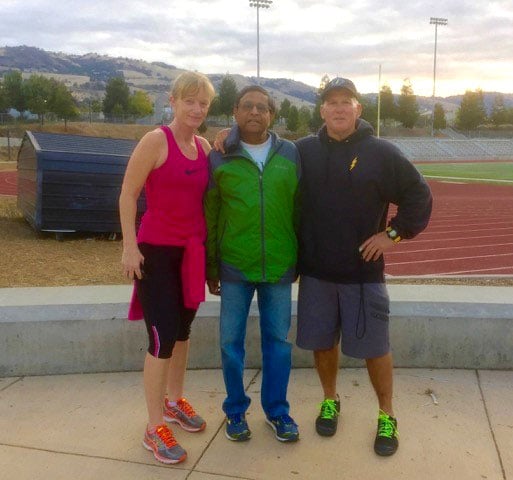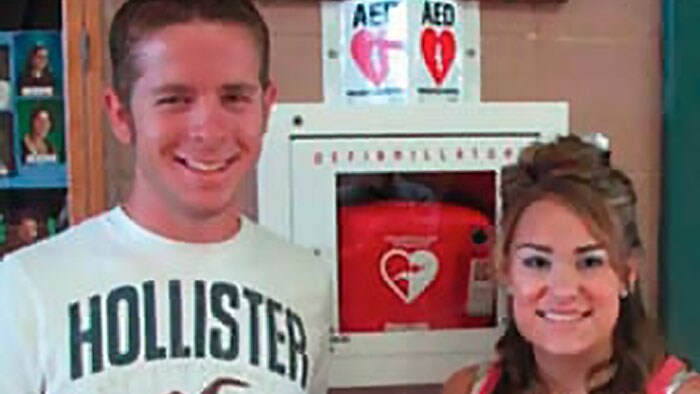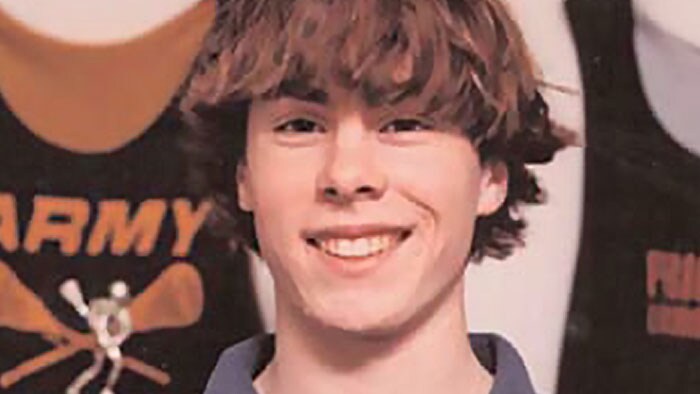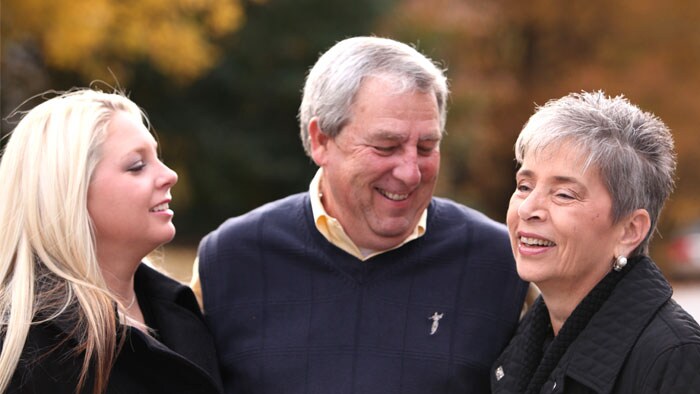Evergreen Valley High School, San Jose, California Wednesday, October 4, At Evergreen Valley High School’s track – where the fitness class was held – was Mike Coleman, the 60-year-old class instructor who owns and runs Focused Integrated Training and is a PE teacher and coach at the nearby Davis Intermediate School. Also in attendance, were Shannon Opilla, a 47-year-old registered nurse and Michelle Layton, the high school’s 45-year-old PE teacher. What happened next, would call on the quick thinking and skills of these three boot camp attendees, all of whom were CPR-certified.
The right people at the right place and time
Subramaniam says he remembered feeling fine. He joined the other participants, warming up with push-ups and sit-ups. Then, Mike asked them to run two laps around the track. That’s the last thing Subramaniam remembered before blacking out. As nurse Shannon describes it, Subramaniam fell to the ground and landed on his side. “He was gasping, his arms and hands were stiff, and his color was grey.” Mike heard some class members call out Subramaniam’s name. “I saw him on the ground. He was unresponsive, did not appear to have a pulse, and was gurgling rather than breathing.” Mike and Shannon were quickly at Subramaniam’s side. Shannon shouted for someone to call 911 and get an Automated External Defibrillator (AED). Then, she and Mike turned Subramaniam onto his back, checked his pulse and breathing, and began CPR.
There was no pulse
“I checked his carotid pulse. There was none,” said Shannon. “I immediately started chest compressions. There was no response. Mike and I continued CPR with a 30/2 PE teacher Michelle Layton arrived a little late to boot camp class and was shocked to see Mike and Shannon performing CPR on Subramaniam. “I was going through my CPR training in my head,” Michelle said. “’You go call 911 and come back. You Michelle said she grabbed her work keys and went sprinting to the office to unlock the AED and then returned.
From one survivor to another
Coincidentally, the school’s AED had been donated just eight months earlier by Stephanie Martinson, a sudden cardiac arrest survivor. Martinson is the founder of Racing Hearts, a non-profit whose goal is to be the first county (Santa Clara) in California with onsite AEDs in all public schools. After having a Sudden Cardiac Arrest while climbing up Yosemite’s half dome, she was lucky to have her circulation quickly restored without damage to her heart muscle. Says Stephanie, “There are hundreds of other community members who simply don’t know their risk. This is why I began Racing Hearts.” With high blood pressure, heart disease and
Shocked awake just in time
Mike and Shannon administered a shock from the AED and as Michelle describes it, as soon as they did, Subramaniam, “came back.” Subramaniam reflects on his first thoughts when he regained consciousness. “I knew I had a heart problem. I knew that something happened. The paramedics were putting me in the ambulance and I remember joking around with them. I didn’t realize the intensity of what happened: that I died and I was then revived.” Subramaniam said he quickly realized how lucky he was. “My doctor told me that after seven minutes without oxygen, the brain starts to lose function. I didn’t breathe for four minutes. It took 11 minutes for the ambulance to come.” As a nurse trained in CPR, Shannon knows one thing for certain. “I believe the AED, as research shows, was what saved Subramaniam. Mike and I were able to circulate what oxygenated blood he had Mike agrees. “I think it was fortunate Subramaniam had his incident where and when he did, as he was surrounded by people who took immediate and decisive action. I am thankful that an AED was present on campus and that Michelle was quick thinking and ran to get it. I have been CPR-/AED-certified for many years, but putting it into action for real brings a whole new level of awareness.”
It’s not my time to go
Subramaniam is grateful for both the quick thinking of his boot camp classmates and the fact that the school had an AED. “I didn’t want to die,” he says. Yet, he acknowledges that without the AED on site, he is certain that he would have died. “I don’t think we would be having this conversation.” Subramaniam sums up the importance of having easily-accessible AEDs. “I’m the living example of what an AED can do.”

“I believe the AED, as research shows, was what saved Subramaniam. Mike and I were able to circulate what oxygenated blood he had
“I am thankful that an AED was present on campus and that Michelle was quick thinking and ran to get it. I have been CPR-/AED-certified for many years, but putting it into action for real brings a whole new level of awareness.”



